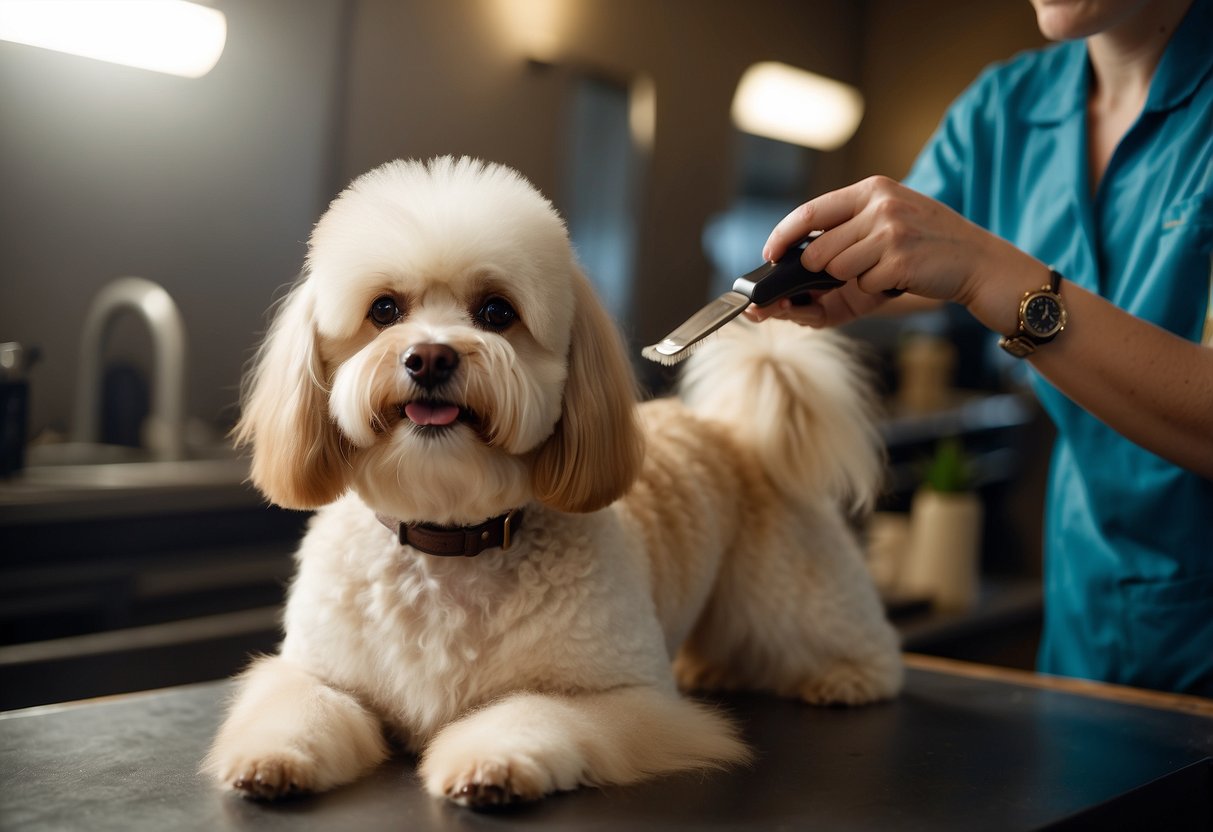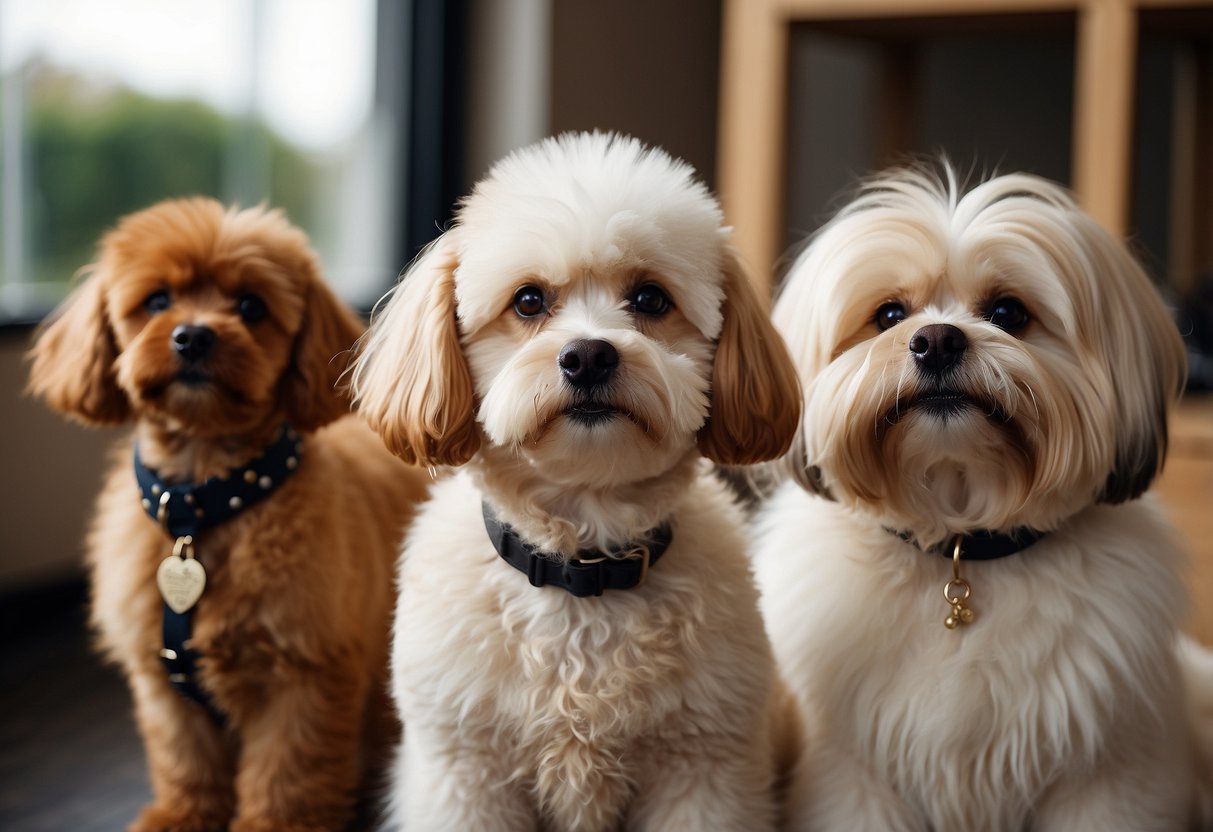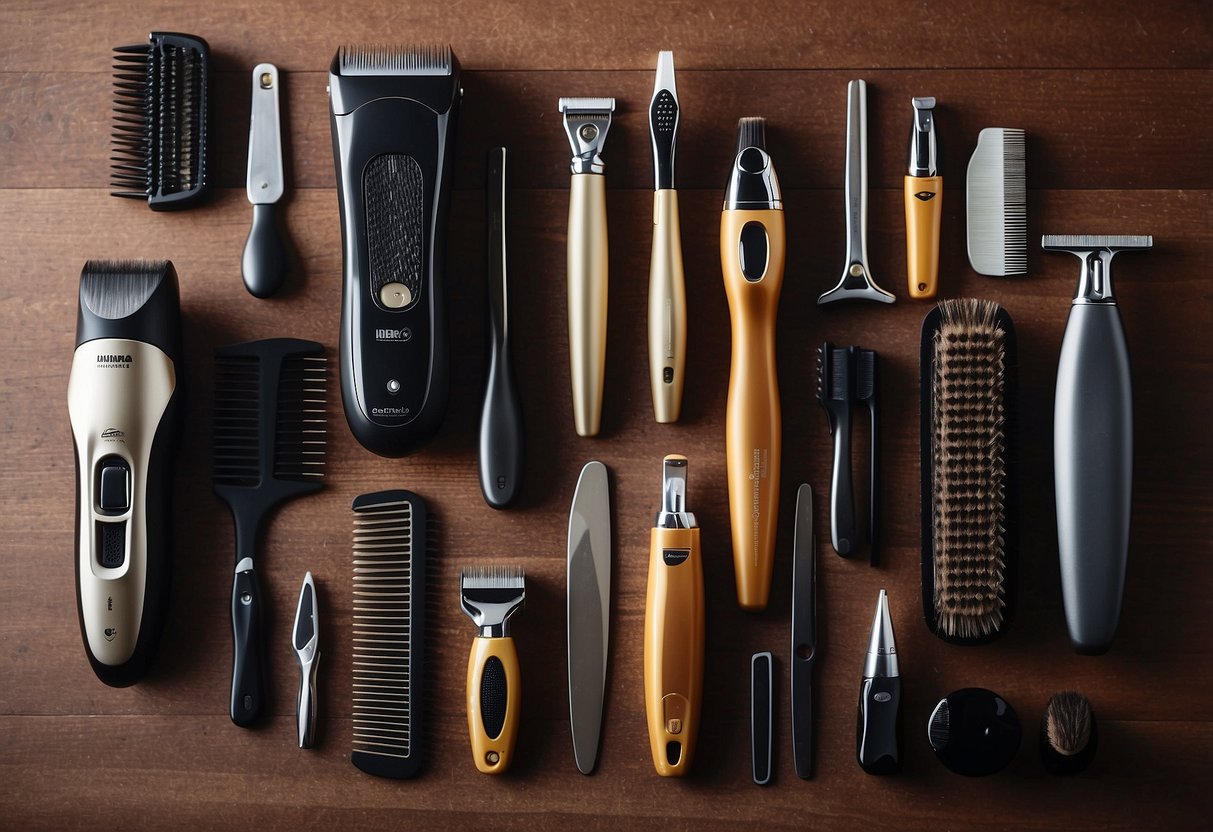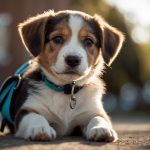
Grooming your dog is essential to their health and happiness, but different breeds require different approaches. Understanding the unique grooming needs of various breeds ensures your pet looks and feels their best. Whether you have a fluffy Pomeranian, a sleek Doberman, or a curly-coated Poodle, each one demands a specific routine.
For instance, double-coated breeds like Huskies and Golden Retrievers need regular brushing to manage shedding and maintain a healthy coat. Breeds with hair, such as Shih Tzus and Yorkshire Terriers, benefit greatly from frequent trims to prevent matting and reduce the risk of skin infections.
Short-haired dogs, while lower maintenance, still require routine baths and nail trims to keep hygiene in check. Proper grooming routines not only enhance your dog’s appearance but also promote their well-being and prevent common health issues.
The Importance of Breed-Specific Grooming

Different dog breeds have unique grooming needs, which impact their health and behavior. Tailoring grooming practices to each specific breed can address these unique needs effectively.
Health Benefits
Each dog breed has different coat types, skin conditions, and susceptibility to various health issues. Proper grooming for a breed helps maintain skin health and prevents matting. For example, breeds with long hair, like Shih Tzus, require regular brushing to avoid tangles and reduce the risk of skin infections. Short-haired breeds like Boxers benefit from weekly brushing to remove dead hair and distribute skin oils, which keeps their coat shiny and healthy.
Brachycephalic breeds such as Bulldogs need special attention to skin folds, which can harbor bacteria if not cleaned. Poodles and other hypoallergenic breeds need regular trims to prevent their curly hair from matting, which can lead to discomfort and skin issues. Tailoring the grooming routine to the breed prevents specific problems that could escalate into more severe health concerns.
Behavioral Considerations
Breed-specific grooming also influences a dog’s behavior. Some breeds, like the Border Collie, which are highly active and intelligent, may become anxious or stressed without regular grooming. Regular grooming can provide structured, positive interaction that helps calm them and reduces anxiety.
On the other hand, breeds such as the Bichon Frise, known for their social nature, thrive on the routine and bonding associated with regular grooming. Establishing a calm and consistent grooming schedule can benefit both the dog’s emotional well-being and the owner’s peace of mind. Grooming suited to a breed’s temperament ensures that the process is a positive experience for the dog, fostering trust and cooperation.
Essential Grooming Tools

Different dog breeds require specific grooming tools to maintain their coat and overall hygiene. Proper grooming tools ensure that the dog’s fur remains tangle-free, nails are trimmed, and skin is clean and healthy.
Brushes and Combs
Selecting the right brushes and combs is crucial for maintaining a dog’s coat. Pin brushes work well for long-haired breeds, helping to detangle and remove knots gently. Bristle brushes are suitable for short-haired breeds, distributing natural oils and keeping the coat shiny. Slicker brushes are versatile, ideal for removing loose hair and preventing matting. Stainless steel combs are handy for finishing touches, ensuring all tangles are out. Choosing the right brush or comb based on the dog’s coat type can significantly enhance grooming effectiveness and comfort.
Clippers and Scissors
Clippers and scissors are essential for trimming and maintaining a dog’s fur. High-quality pet clippers come with adjustable settings, accommodating different fur lengths. Clippers are particularly useful for breeds with fast-growing hair, like Poodles and Shih Tzus. Scissors, especially thinning shears, help in achieving a neat and uniform look. They are ideal for sensitive areas where clippers might be too intimidating. Regular trimming prevents fur from becoming too long, reducing the risk of matting and discomfort. Investing in reliable clippers and scissors ensures efficient and safe grooming.



